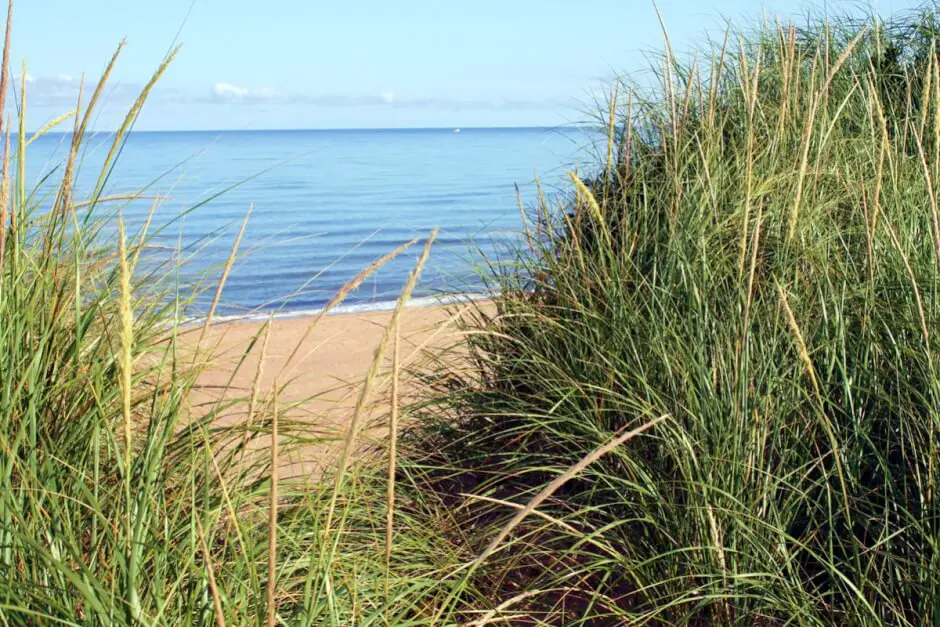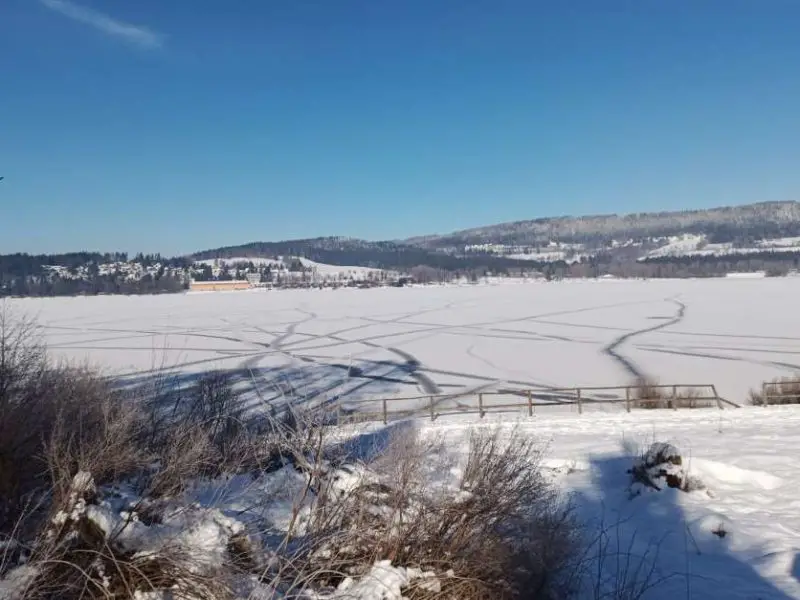 The Ceilidh Trail
The Ceilidh Trail
We explore the Ceilidh Trail in Nova Scotia on our photo road trip Canada and discover real insider tips. Do you know that, too? You drive to a country that you do not know and choose the most famous places as travel destinations. When you get there, you realize that there are many beautiful and interesting things to discover on the way there, but that you don't have the time to explore it more closely. I noticed that on the Ceilidh Trail in Nova Scotia during our trip to Canada this year. We have been to Cape Breton Island several times. Our goal has always been the world famous one Cabot Trail, which is considered to be one of the most scenic routes in Canada's Atlantic provinces and is named after John cabot.
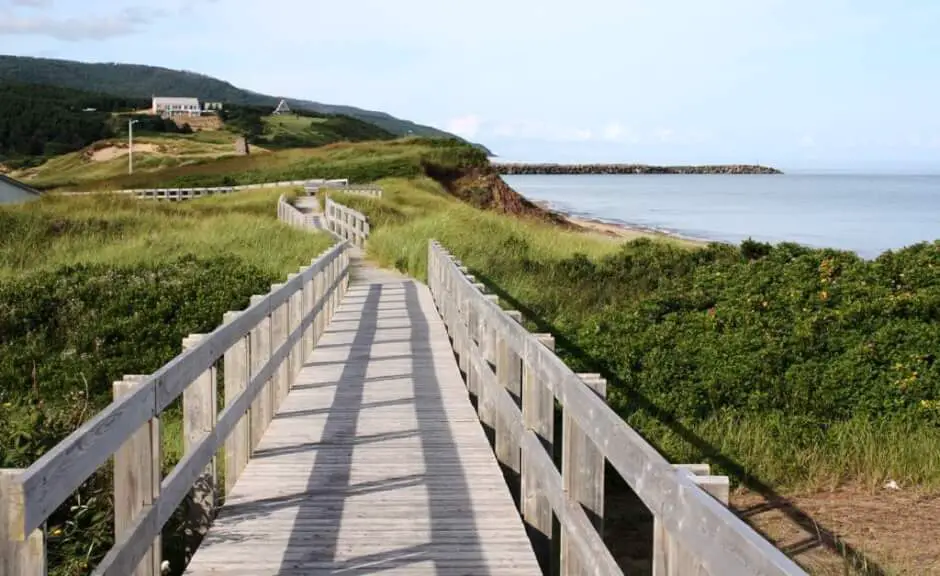
It takes time for the Ceilidh Trail
Only: the stretch connecting the Canso Causeway to the Cabot Trail along the coast, the Ceilidh Trail, is also worth seeing. We experienced that on our journey. However, you have to take time for it. It is worthwhile driving down to one of the small harbors, one of the bays or one of the great sandy beaches that are there. Unlike the Cabot Trail here are the scenic beauties not directly on the main road.
Instead of just two days as before, this time we took three and a half days for Cape Breton Island - and actually that's still too little. We used one of these days for the route between the Canso Causeway and the beginning of the Cabot Trail not far from Cheticamp. The reason why we took so much time for this route this time is that we went in search of traces of the Scots who settled the island from the middle of the 18th century. And there are quite a few along this route.
Scottish heritage on the Ceilidh Trail in Cape Breton Island
Not only place names like Inverness indicate that Scottish settlers once settled along this coast. They came after the French claim their claim to power over the region of Acadia in the middle of the 18. Century lost to the British had. If you look a little deeper and take your time, you will find many clues that show that Scottish culture is very lively in these latitudes. I don't just mean the sign on the traffic island in Port Hastings, on which the visitors are greeted with "Ciad Mille Failte", the Gaelic welcome greeting "A thousand times welcome".
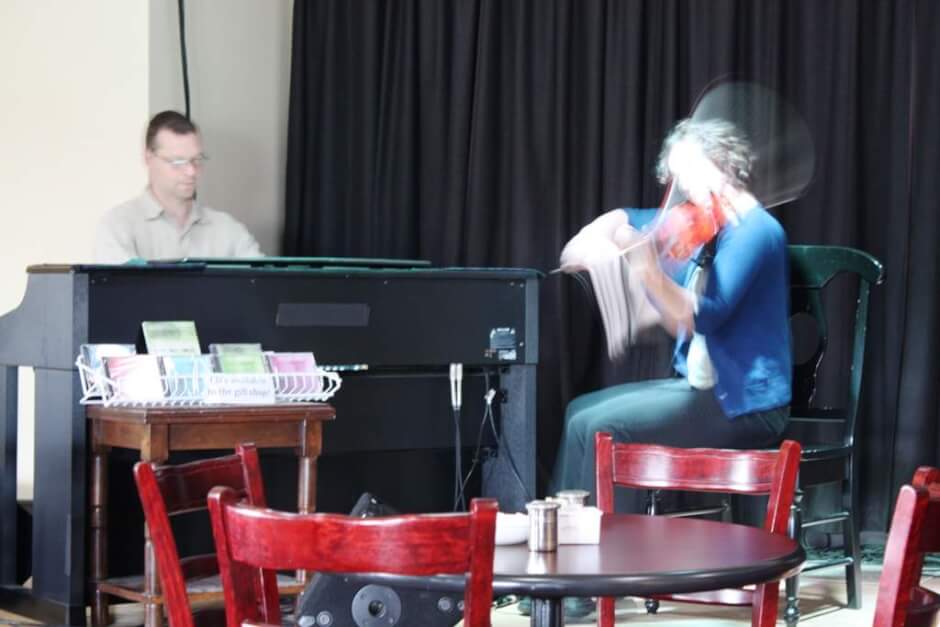
The Celtic Music Interpretive Center in Judique (Ceilidh Trail)
So we learn in the Celtic Music Interpretive Center in Judique (5174 Highway 19, Judique) much interesting about the music Cape Breton Islands. Fiddle, bagpipe, guitar and the harp are part of Cape Breton's Scottish culture as well as the Gaelic language. Cape Breton Island is the only region in the world where the language of the Scots and Irish is spoken outside of their homeland.
We get to know the different dances like reel, tap dance or square dance and can try it out for ourselves. We hear from the men who revived Celtic music, like Angus Chisholm, Sandy MacLean or Little Jack MacDonald. And we learn more about the younger generation of Celtic musicians like the Rankin Family, Allister MacGillivray or Gordie Sampson.
In the Celtic Music Center or in the Red Shoe Pub in Mabou You can experience traditional ceilidhs where local musicians play Celtic music. Like most of the other guests in the Music Center, we rock the beat even with the rhythm of the lively music. It does not take long for the first to try the tap dance they've rehearsed at the Music Center. This stop on the Ceilidh Trail is worthwhile.
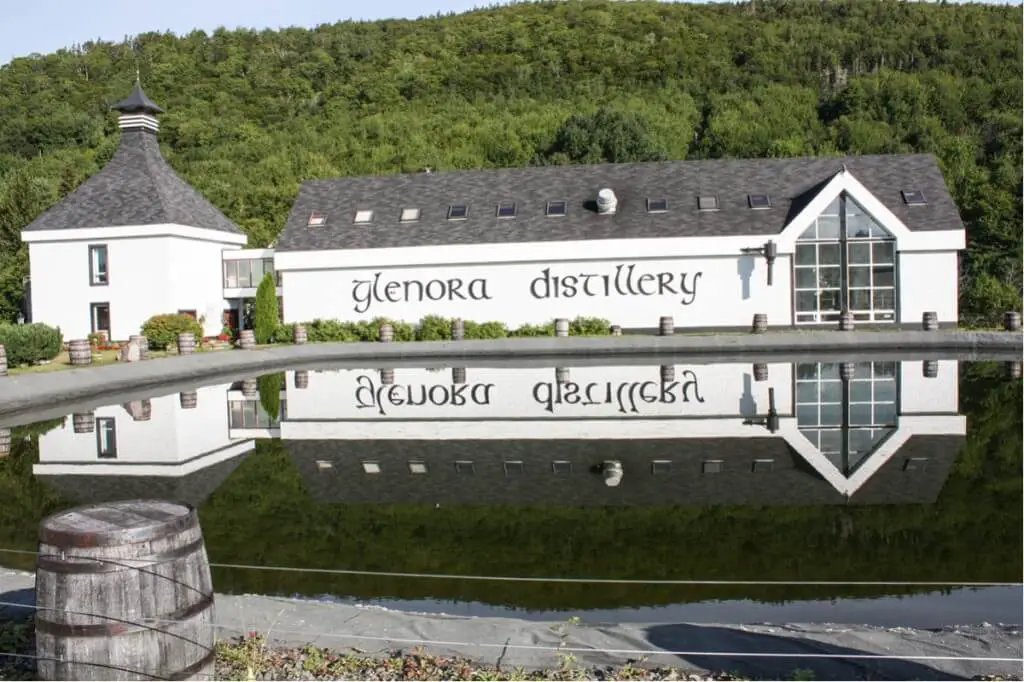
Canada's Whiskey Distillery in Glenora on the Ceilidh Trail
Only a few kilometers further on the Ceilidh Trail is the Glenora Distillery, the only distillery in Canada to produce single malt whiskey. The owner learned distilling whiskey in the Scottish distilleries. He brought a Master Distiller to Canada, who today burns an excellent single malt whiskey out of the clear waters of MacLellan's Brook. This is burned because of the cooler temperatures in winter, so that during the summer months of the actual burning process does not notice. Nevertheless, during a guided tour, you will get a good idea of the process that is necessary to make the excellent whiskey from Glenora.
Of fishermen, the sea and great sandy beaches on the Ceilidh Trail
Before we drive to Glenora, we make a detour to Little Judique Harbor, one of those little harbors on the coast. Their hidden driveways protect the fishing boats from the waves that hit the coast of Cape Breton Island unchecked during a storm. We are fortunate to be here on a sunny August day and enjoy the silence that reigns over this bay. Only now and then a car rumbles over the wooden bridge, which crosses the inflow of a small stream in the harbor bay. Otherwise we hear only the screeching of seagulls and occasionally catch a few scraps of words from the fishermen who are painting one of the boats at the other end of the harbor.
Nothing is spectacular at Little Judique Harbor, but we enjoy an hour of leisure at this harbor, watching the water flow into the sea. There is no sign of hectic here. I notice how the stress of everyday life disappears and enjoy the warm sun and the fresh wind that sets in motion the yellow-flowering goldenrod that grows around the harbor.
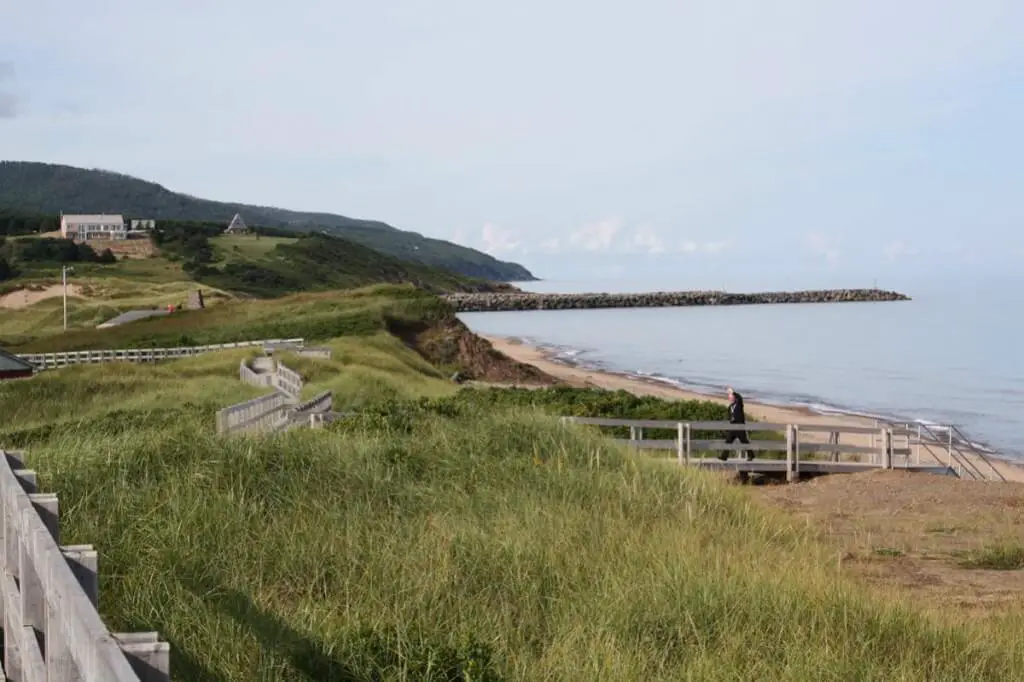
The most beautiful beach on the Ceilidh Trail
Even better is our trip to the beach #1 in Inverness a few miles after the whiskey distillery, which we discover more by accident. We fill up at the first gas station in the village our car, and I see the inconspicuous sign right next to the gas station, which points down a narrow side street to the beach.
Spontaneously, we decide to explore it and find a paradisiacal kilometer-long sandy beach, which is separated from the hinterland by dunes. Only a lonely shell or Seaglass collector walks along the shore and bends over to inspect something. It is possible that he is one of those artisans who make pendants for silver chains from the broken glass of the sea. We see them again and again in souvenir shops along the way.
Enjoy the wind on the Ceilidh Trail on the boardwalk
We let the wind blow around our nose and join in the joggers and walkers who run along the dunes on the boardwalk. The path passes the golf course of Inverness to the other end of the bay. The sound of the gentle waves that the wind blows out on the shore accompanies us, interrupted only by the friendly greeting that joggers throw at us when they overtake us on our walk. Sometimes a walker stops for a quick chat, coming towards us on the boardwalk. Friendly are the people here! Everyone welcomes us and is ready for a little conversation.
What you need for a trip on the Ceilidh Trail
- A Travel Guide for Canada East *
- The colors of Cape Breton * - This very personal book tunes in on Cape Breton
- Hiking trails from Cape Breton * – Cape Breton offers wonderful hiking opportunities that you shouldn’t miss. This book helps with orientation.
- Be sure to get in the mood for your trip with music from Cape Breton. The Rankin Family is one of the island's most famous musical families. Their Celtic-Scottish music puts you in a good mood on a road trip through Cape Breton. Here you can, for example, see yours Order CDs * or her music download via MP3 *.
- There are also one for your beach hikes Backpack for the snack and comfortable shoes very helpful. One Lunch box with board as well as other practical utensils for hiking can be found here.
- Since the wind is almost always blowing on the coast, it's worth having one in summer thin windbreaker take. In Indian Summer, the temperatures can get colder. From mid-September it is better to wear a wind jacket with a warmer one Fleece jacket * to replace.
If you purchase via a link marked *, we receive a commission, which we use to run this blog.
The acadian enclave at Cheticamp
The name sounds French. Cheticamp and its surroundings are still influenced by Acadian today, This is easy to recognize by the blue-white-red flags that can be seen everywhere in the front gardens of the houses. A sign on the side of the road also indicates that we are traveling between Margaree and Cheticamp through the settlement area of the Acadians. We immediately notice a difference: once on the proud flags and signs, on the other hand, the lack of flower arrangements. The Akadians prefer to adorn their homes with their national symbols.

Acadian handicrafts
They have their own handicrafts that they practice here: we discover a sign that indicates the “Hookers” from Cheticamp. "And we are proud of it," is the word below. At first this amazes me, since “Hooker” means nothing other than prostitutes, at least in general English usage. With "Floras“, a souvenir shop, we learn that these are carpet weavers who make handmade carpets. One of them shows us her work and explains to us in French-accented English that it's important that the motif looks pretty on both the front and back. Otherwise, “Flora” has more to offer tourists.
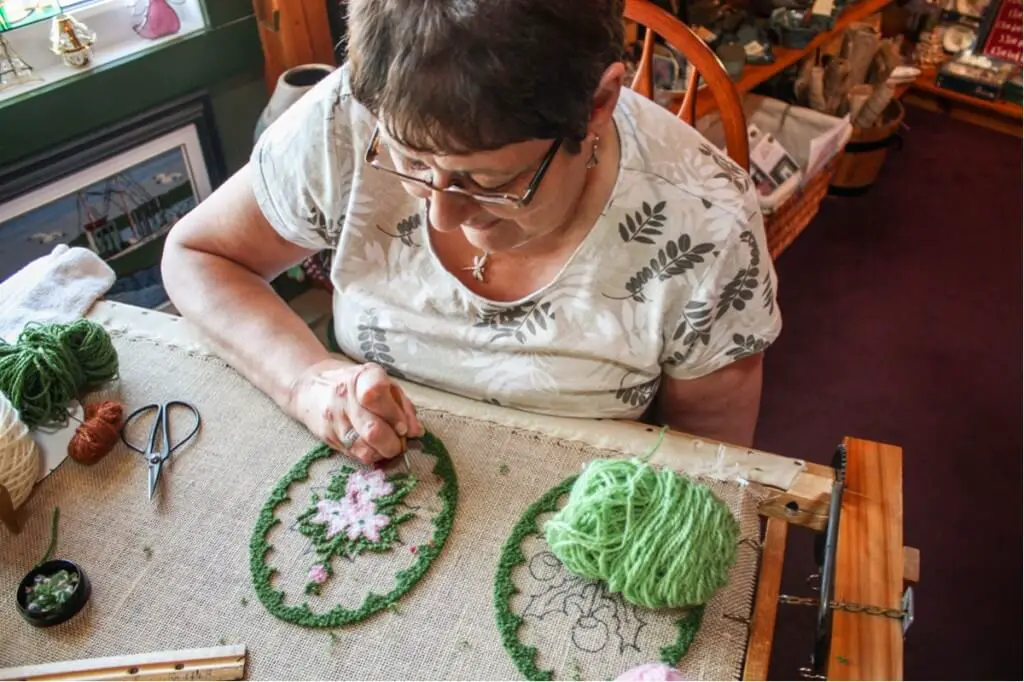
Folk art with humor
We like that Freya and Thor Gallery & Café by the Acadian artist William Roach already much better. Its carved animal and human figures indicate a good deal of humor. There's the seagull with the golf ball in its beak, as well as the elk with the driftwood antlers. With the friendly permission of his wife we may his works, which are exhibited in his gallery, take photos and show you. I will present a larger selection of these to you in a separate article (see link). So you can get an idea of William Roach's ingenuity for yourself. We really liked his work. How about you?
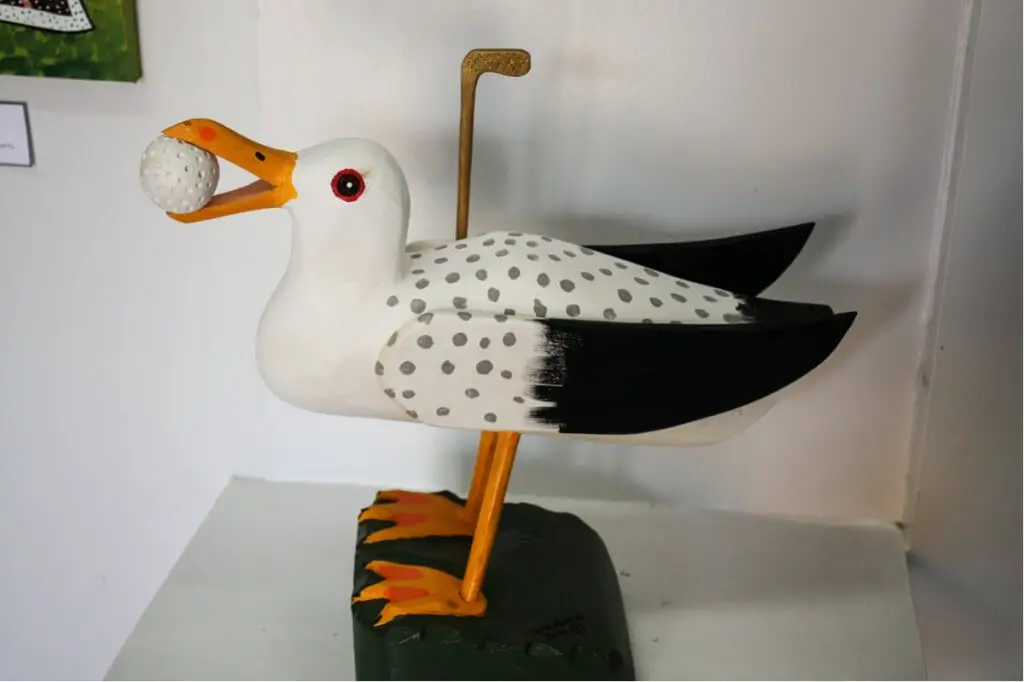
Take time for the Ceilidh Trail
We really enjoyed this day on the Ceilidh Trail. Not only did he show us Cape Breton Island from a new and different perspective than we previously knew. He also introduced us to the people and their culture who settled the island on the eastern side of Nova Scotia and left their very special mark on it. We recommend that you definitely take a day for this route and talk to the people, let yourself be enchanted by the great coast, the beautiful beaches and the small villages and try the regional specialties. You will see that it is a lot of fun to get to know this region in more detail.
You can find more tips for the Cabot Trail and the Ceilidh Trail at, for example Reisehappen.de.
Travel Arrangements:
Parking at the airport
Here you can reserve your parking space at the airport.
Arrival:
Arrival by plane, bus or train*. Air Canada, Condor and Icelandair fly from Germany to various airports in eastern Canada.
Car Rentals:
Car rental price comparison for Halifax *
Hotels:
Hotels along this route * and on Cape Breton Island * you can, for example, book through our partner booking.com.
Other Slow Travel Tips you can also find it here. Also discover ours Routes in Canada.

Do you know this?
Source: own research on site. We would like to thank Tourism Nova Scotia, Destination Cape Breton and the Canadian Tourism Commission for the kind invitation to this trip. However, our opinions remain our own.
Text: © Copyright Monika Fuchs and TravelWorldOnline
Photos: © Copyright Monika Fuchs and TravelWorldOnline
